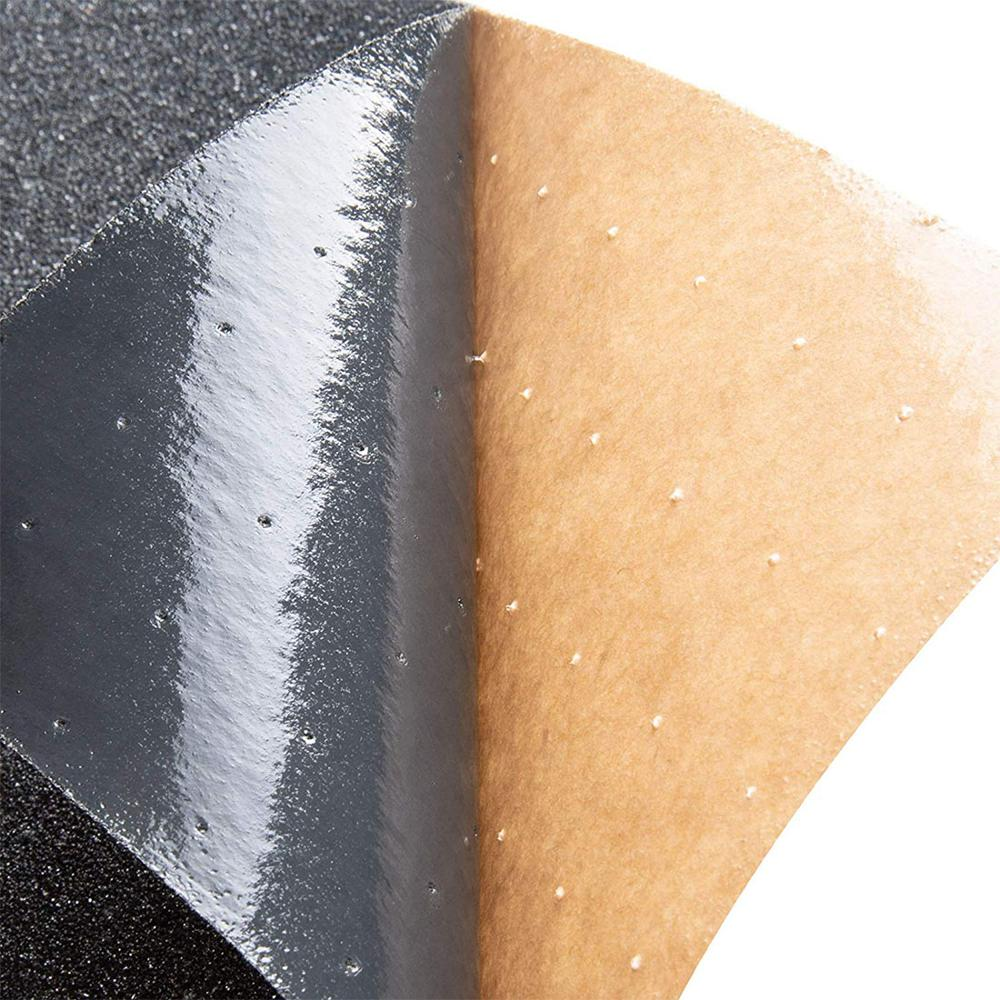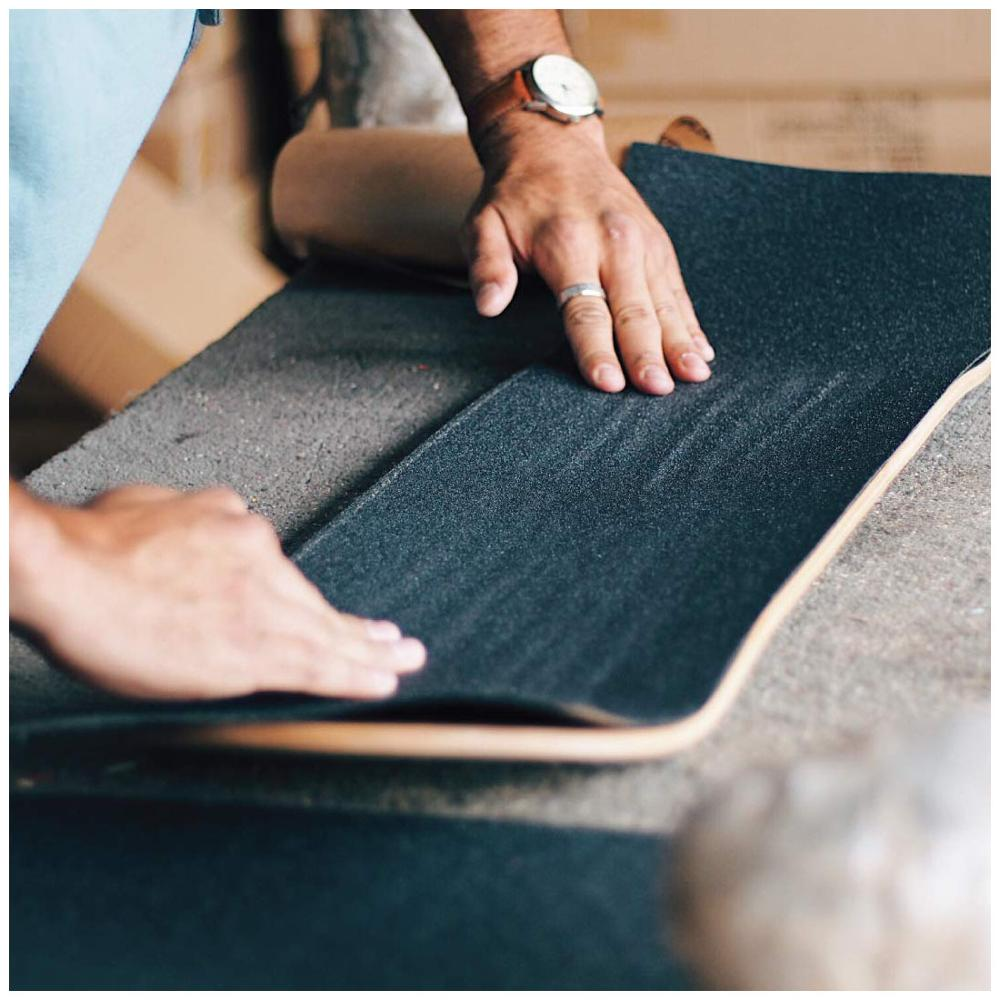Management of tomatoes in spring greenhouse
Spring greenhouse tomatoes are usually planted from late December to early January and planted on March 15-20. After planting, management should be strengthened.
First, temperature management
The initial stage of colonization is mainly cold and warm, and in case of cold waves, small greenhouses can be used to prevent cold.
1. Slow seedling period. A straw mat around the shed to raise the temperature and promote seedlings. During the day, the temperature of the shelf is controlled at 28°C-32°C. When the temperature exceeds 33°C, the top seam is opened and small wind is applied. The night temperature is controlled at 15°C-18°C.
2. Flowering fruiting stage. The greenhouse temperature is controlled between 25°C and 28°C during the day, and over 30°C, the top wind is released. Keep it at 12°C-16°C at night. If it is less than 10°C, it is prone to malformed flowers. When watering is more and the humidity is high, it is necessary to strengthen the air release. In addition to putting the top wind, you can also put side winds.
3. The fruit has a white period. In order to promote fruit coloring, the whitish period of the fruit should be appropriately increased. The temperature should be controlled at 28°C-32°C in the morning, 24°C-26°C in the afternoon and 15°C-18°C at night. At this time we must gradually increase the amount of air release, when the minimum temperature outside the stable in more than 12 °C, is not related to the top seam; stable above 15 °C, does not close the seam.
4. Harvest the first fruit to the plant. At this stage, the outside air temperature has risen, and the amount of air to be released is increased until it is naturally ventilated. To prevent high temperatures, in order to avoid the second fruit and later fruit coloring bad or sunburn. Shed temperature is controlled at 25°C-28°C, 24°C-26°C in the afternoon and 15°C-20°C at night.
Second, fertilizer and water management
When planting, pour the right amount of planting water to make sure that the soil is poured. Planted saplings 7-10 days after planting. Seedlings were started after easing seedlings, which promoted the roots to shoot down. The seedlings were mainly cultivating loose soil, and were usually cultivated 2-3 times. If the soil moisture is not good, you should pour a small amount of water on the first inflorescence and avoid watering the plant when it is in flowering. When the first ear of fruit grows to the size of walnuts, the seedlings are finished, watering and fertilization are started, so that the fruit can be quickly enlarged, and 10 kg of urea and 10-15 kg of potassium sulfate can be applied, and 0.2%-0.3% of foliar spray can also be applied. Potassium dihydrogen phosphate solution. Into the full fruit period, when the first fruit from green to white, the need for a second watering and fertilization, after every 7-8 days, pouring 1 water, watering each time should not be too large. Each mus of land with watering application of 10 kg of urea or 25 kg of ammonium sulfate, fertilizer should pay attention to appropriate application of phosphorus and potassium fertilizer. In the fruit period, water and fertilizer must be sufficient, but also uniform, can not suddenly large or small, otherwise it is easy to produce empty fruit and umbilical rot fruit.
Third, pruning
Tomato pruning mainly has two methods: single stalk and double stalk. Only one main culm was left for the single-stalked pruning, and all the lateral buds were removed. Indefinitely growing varieties retain 3-4 spikelets and take note of the 2-3 leaves on top of the last 1 to ensure the supply of nutrients for the top fruit. To increase early yield, the first fruit of the first lateral branch can be retained, leaving two leaves topping on top. The burping and topping should be performed before and after sunny noon, when the temperature is high, which is beneficial to wound healing. To ensure that the fruit set is uniform and the growth rate is consistent, the fruit should be properly shucked and 4-5 good fruit should be retained per panicle. The results of the latter part of the plant to remove the old leaves, yellow leaves to reduce nutrient consumption, is conducive to air and light.
Skateboard Anti Slip Tape
We produce different kinds of skateboard grip tape, such as OS780, 80AB, 100AB. According to different demands of our customers, we use different base materials such as PP, PVC, Eco friendly PVC, PET, also can planted them with different grits such as carborundum, emery, aluminum oxide grit, glass sand, etc. We do customized sizes such as 9"x33", 240x1200mm, 210mmx820mm, and other sizes. We can die cut it to different special shapes for the grip tape, also can add vent hole on it. The most important thing is we have the most advanced printing machine which support customized printing on the surface and with very bright colors.




skateboard grip tape, grip tape skateboard, grip tape custom, wholesale skateboard grip tape, scooter grip tape
Kunshan Jieyudeng Intelligent Technology Co., Ltd. , https://www.jerrytape.com